Medication safety is crucial to ensuring the medication efficacy and well-being in today’s rapidly changing world.
Though it’s essential, the expiration date of medications is often overlooked, which can adversely affect their
stability and effectiveness. In this article, we examine some key insights every healthy person should know.
Decoding expiry dates
Depending on the packaging, you may see an expiration date expressed in a variety of formats. While some display the
precise day, month and year, others may display only the month and year (in such cases it means that the medicine
should expire on the last day of the mentioned month) or use numerical or two-letter abbreviations (e.g., JN for
June, JL for July).
Beyond-use date: Unveiling the leaflet’s most valuable feature
The beyond-use date is a valuable piece of information that’s often missed by users. This crucial date determines the
time period during which the medication will remain effective and safe, so always remember to check the last section
of the leaflet before taking your medication. Keep in mind that the medication should not be used after the expiry
date or the beyond use date – whichever comes first.
Manufacturer’s word: A comprehensive guide
With every medication, it’s vital to rely on the manufacturer’s guidance. Using this reliable resource, you can learn
about storage conditions, beyond-use dates and exceptions that may have an effect on the shelf life of your
medication.
Time matters
The shelf life of medications is limited after they are opened. For instance, eye drops, ear drops and nasal drops
expire after 28 days. Using an expired eye drop may cause eye infections!
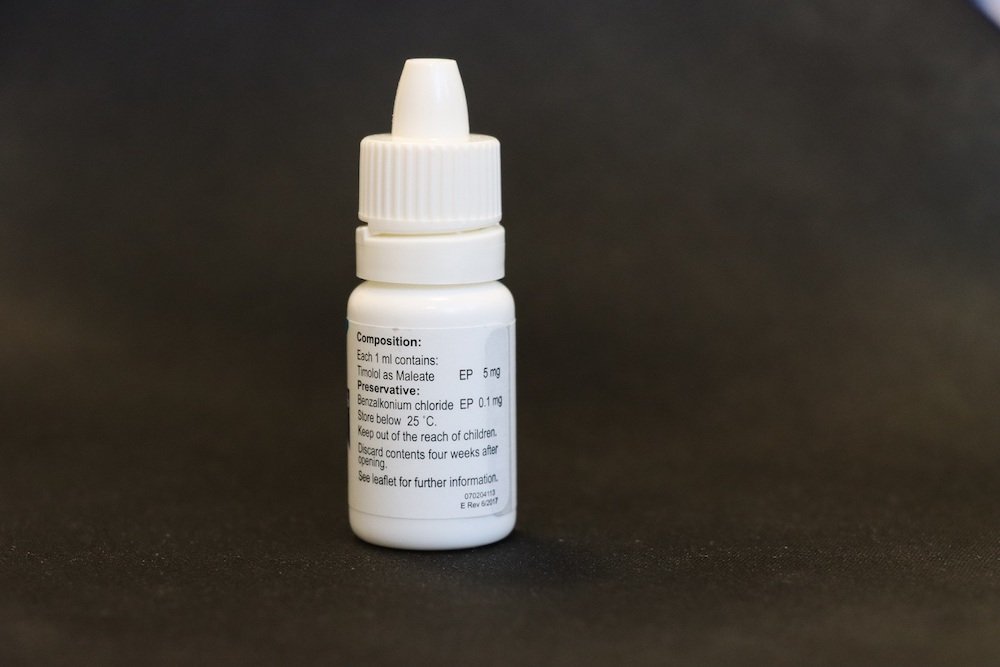
The expiry date is the same as the beyond use date for tablets and capsules packed in strips. In foil-wrapped strips,
tablets and capsules remain stable for 1 to 3 months, whereas they last up to 6 months in bulk bottles after
opening. However, there are exceptions, such as nitroglycerine tablets, which last only 8 weeks after opening.
Forms matter: Liquids, solids and more
Different forms of medication have varying shelf lives. A syrup or suspension typically lasts 3 months after opening,
with some exceptions, such as suspensions coming in powder form like pediatric antibiotics (beyond use date is
mentioned on the packaging), iron syrup (most are valid for 1 month after opening) and antacid syrup.
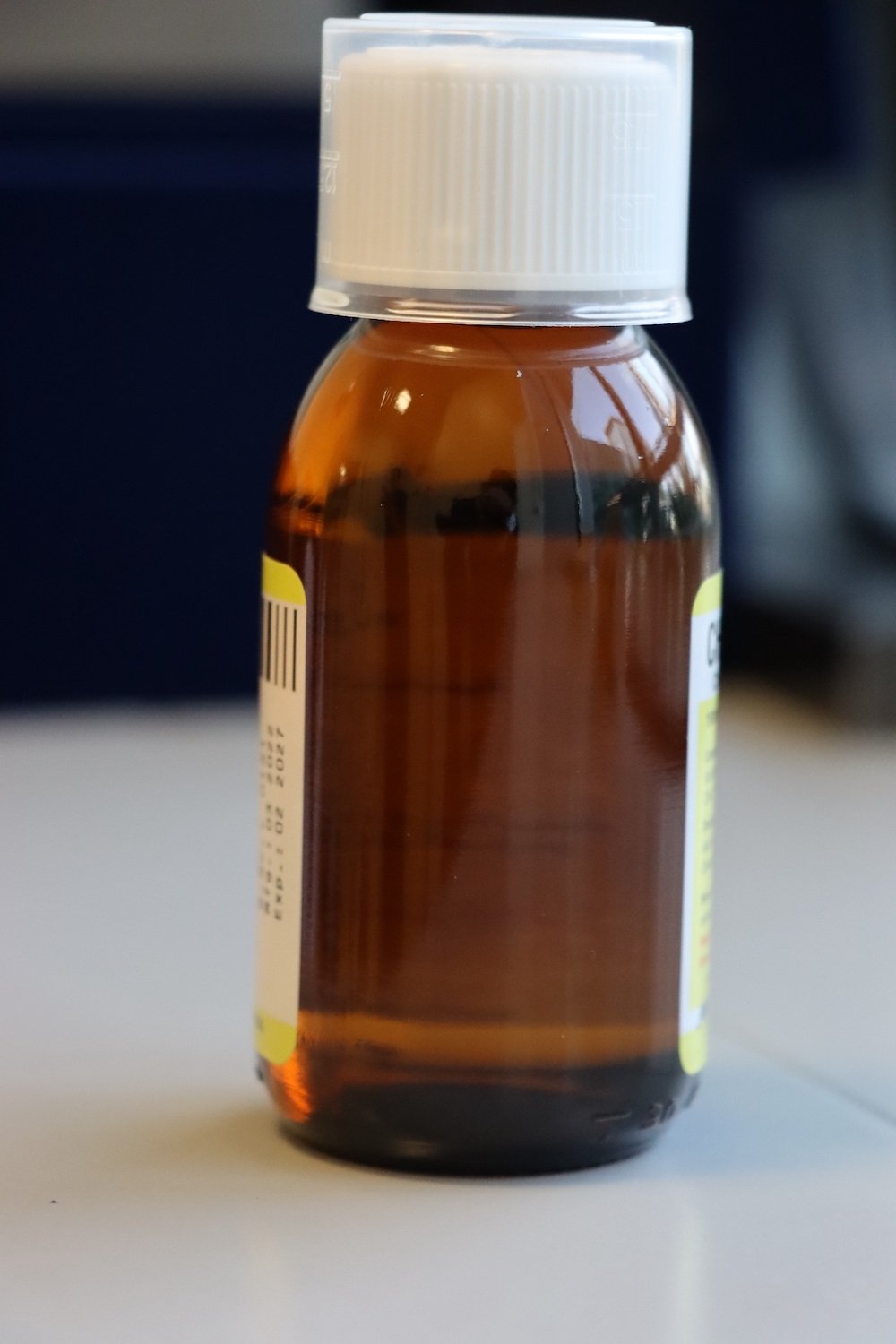
Ointments, topical solutions and creams have a different shelf life depending on their packaging. Those packed in
tubes are valid for 3 months after opening, whereas a topical solution used for acne are valid for 2 months only
after reconstitution (and should be stored in the fridge). As for those packed in jars, or topical solutions
containing povidone iodine, they are valid for only 1 month after opening.
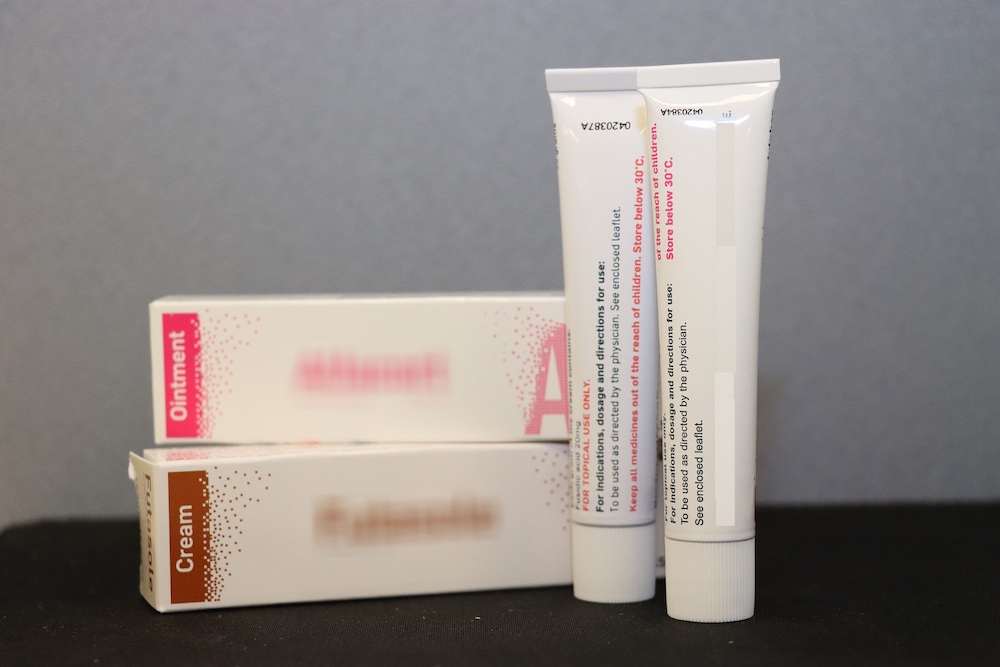
Some of these have an even smaller window, such as pain relief patches that are packed in foil (valid for 2 weeks
from the date of opening each package) or creams used for burns like silver sulfadiazine (valid for only 7 days
after opening, due to the low stability of the active ingredient).

Insulin pens are valid for 28 days after the first use and may be stored at room temperature (not exceeding 25
degrees Celsius), and the same goes for multi-dose vials and cartridges.
When it comes to asthma medications, vials used for nebulization are single-use only – any remaining quantity has to
be discarded within an hour of opening; the exception is normal saline may be used within 24 hours and more if
specifically recommended by the manufacturer.
Lastly, inhalers are valid for 3 months after opening, except when the manufacturer mentions otherwise. As an
illustration, a Foster inhaler, which should be stored in the fridge, may be kept at room temperature for up to 2
months.
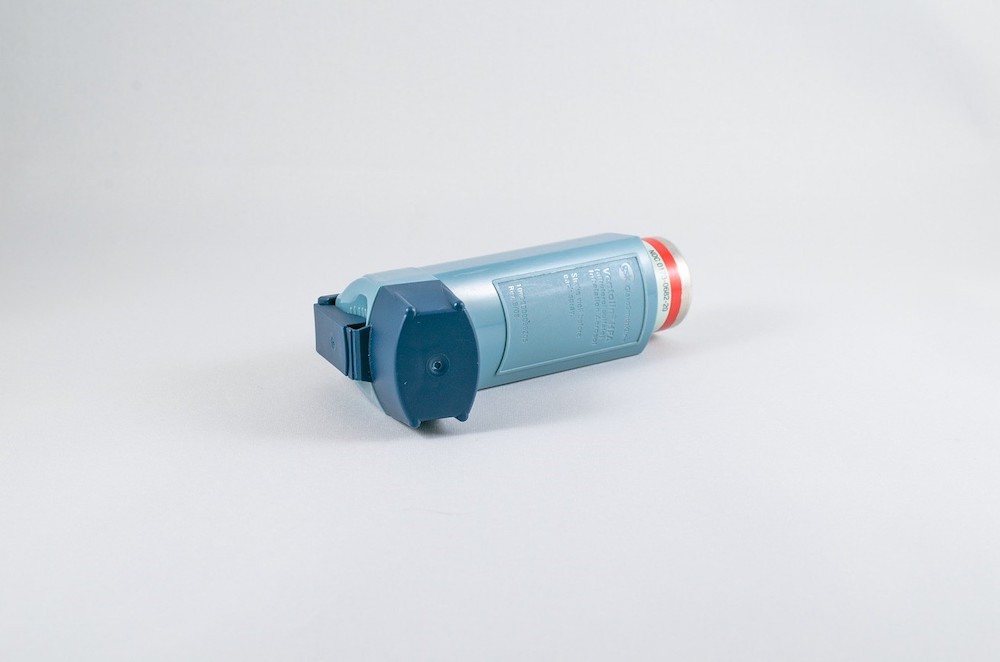 Extra tips for a safer experience
Extra tips for a safer experience
- Always note the opening date of your medication.
- Consult your pharmacist about proper storage conditions.
- Read the package insert thoroughly for comprehensive information.
- Recognize the importance of beyond-use dates in influencing medication stability and storage conditions.
- Staying on the path to wellness requires a well-informed approach to medication safety. In the case of unused
medication, consider disposing of it responsibly or donating it to an authorized site.
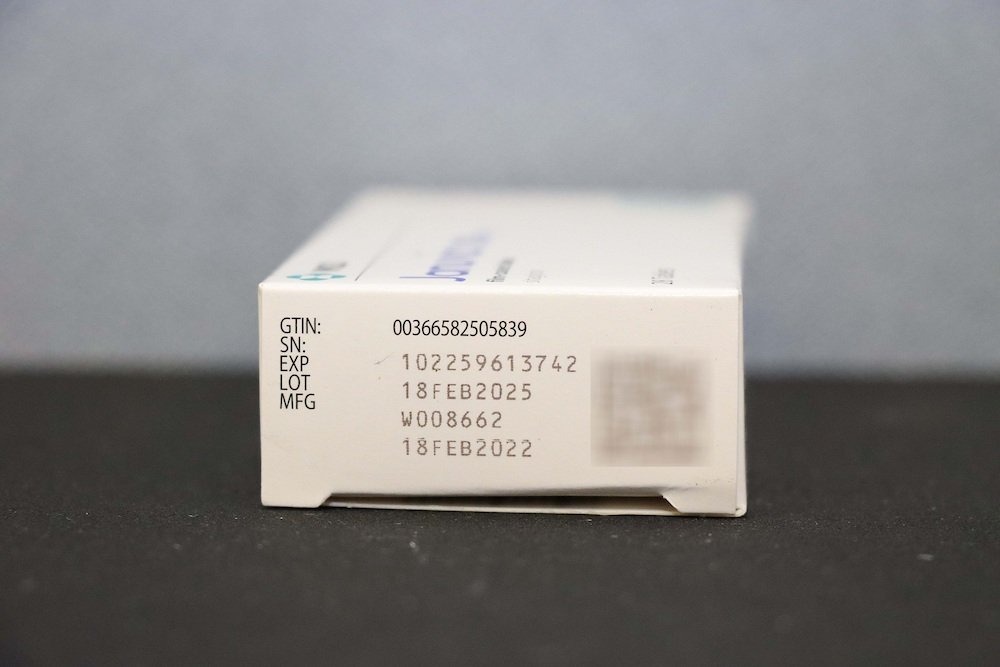
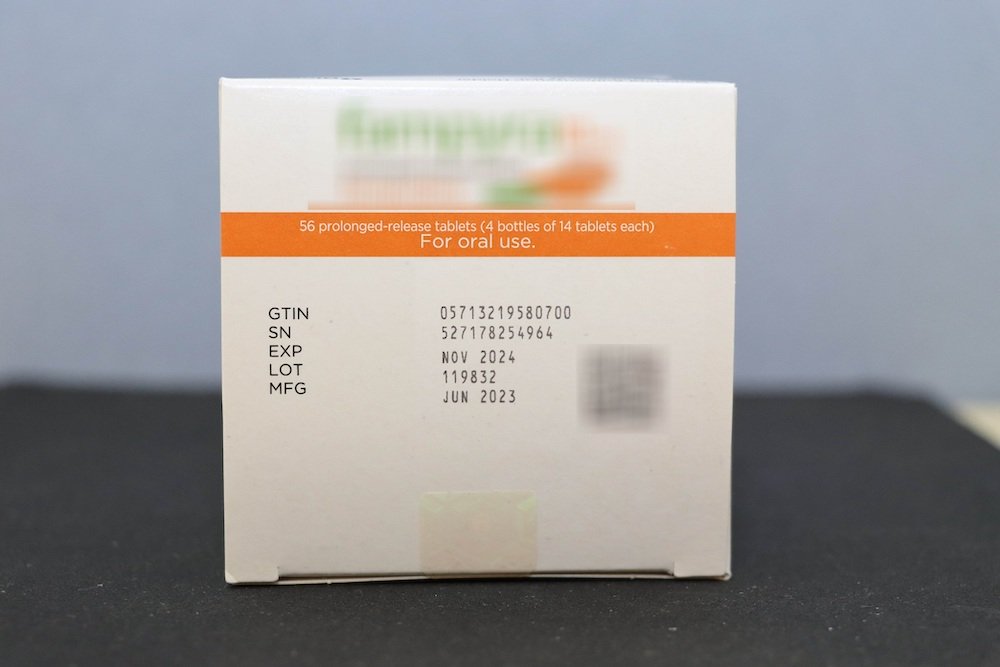
 The expiry date is the same as the beyond use date for tablets and capsules packed in strips. In foil-wrapped strips,
tablets and capsules remain stable for 1 to 3 months, whereas they last up to 6 months in bulk bottles after
opening. However, there are exceptions, such as nitroglycerine tablets, which last only 8 weeks after opening.
The expiry date is the same as the beyond use date for tablets and capsules packed in strips. In foil-wrapped strips,
tablets and capsules remain stable for 1 to 3 months, whereas they last up to 6 months in bulk bottles after
opening. However, there are exceptions, such as nitroglycerine tablets, which last only 8 weeks after opening.
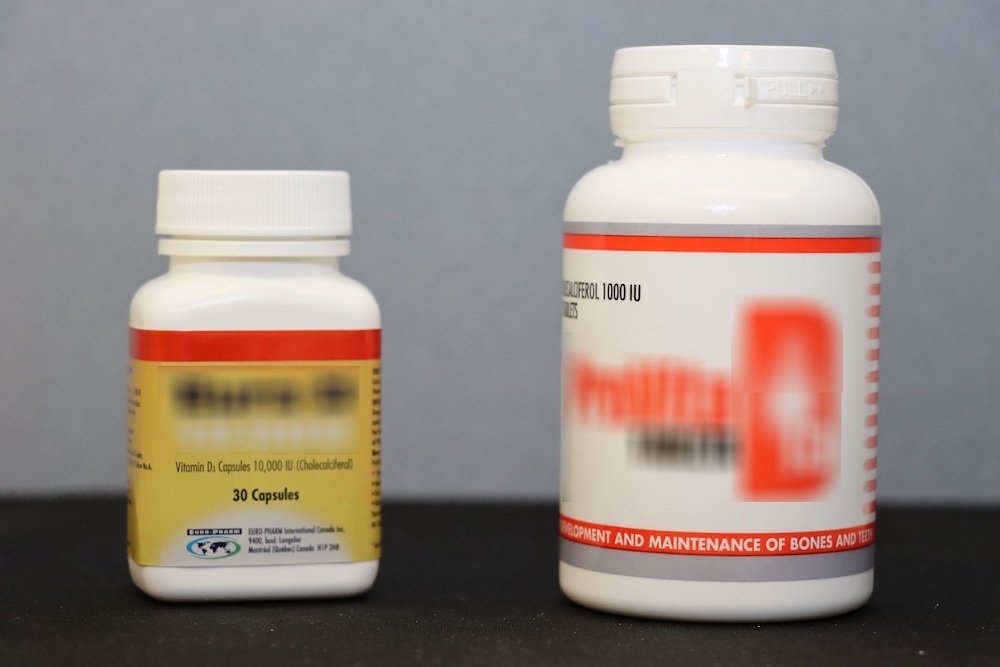

 Ointments, topical solutions and creams have a different shelf life depending on their packaging. Those packed in
tubes are valid for 3 months after opening, whereas a topical solution used for acne are valid for 2 months only
after reconstitution (and should be stored in the fridge). As for those packed in jars, or topical solutions
containing povidone iodine, they are valid for only 1 month after opening.
Ointments, topical solutions and creams have a different shelf life depending on their packaging. Those packed in
tubes are valid for 3 months after opening, whereas a topical solution used for acne are valid for 2 months only
after reconstitution (and should be stored in the fridge). As for those packed in jars, or topical solutions
containing povidone iodine, they are valid for only 1 month after opening.
 Some of these have an even smaller window, such as pain relief patches that are packed in foil (valid for 2 weeks
from the date of opening each package) or creams used for burns like silver sulfadiazine (valid for only 7 days
after opening, due to the low stability of the active ingredient).
Some of these have an even smaller window, such as pain relief patches that are packed in foil (valid for 2 weeks
from the date of opening each package) or creams used for burns like silver sulfadiazine (valid for only 7 days
after opening, due to the low stability of the active ingredient).
 Insulin pens are valid for 28 days after the first use and may be stored at room temperature (not exceeding 25
degrees Celsius), and the same goes for multi-dose vials and cartridges.
Insulin pens are valid for 28 days after the first use and may be stored at room temperature (not exceeding 25
degrees Celsius), and the same goes for multi-dose vials and cartridges.
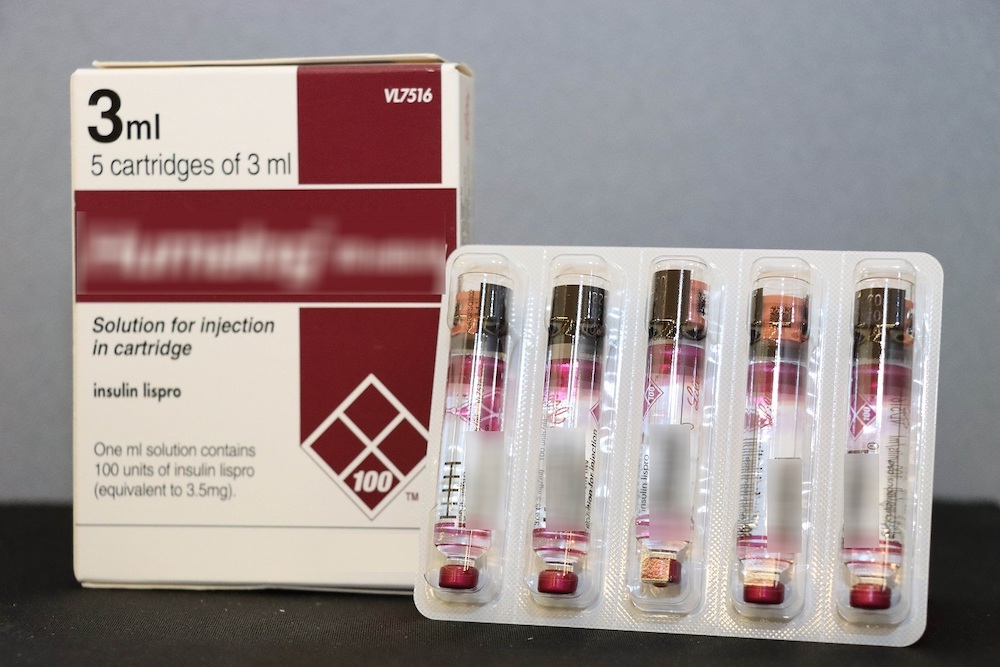
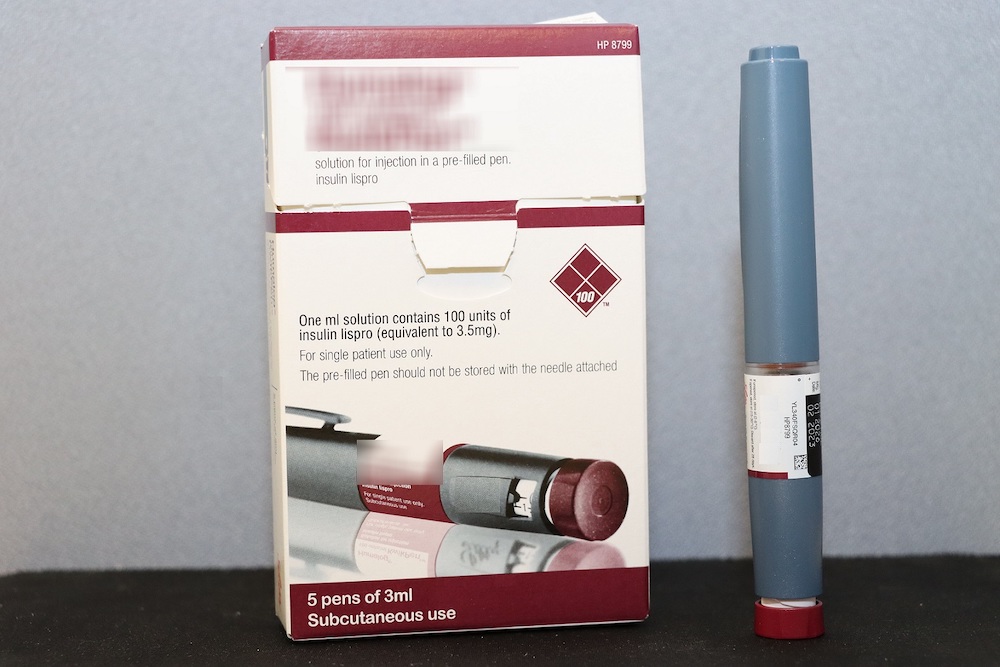
 Extra tips for a safer experience
Extra tips for a safer experience





